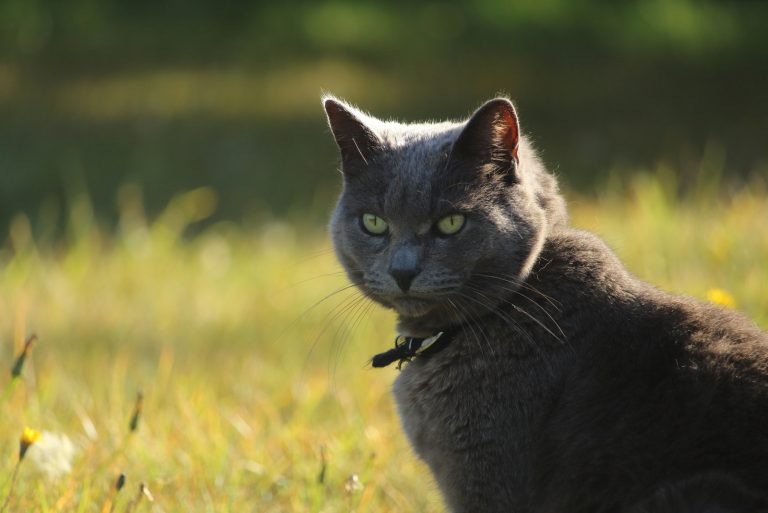13 Fascinating Facts About The American Bald Eagle
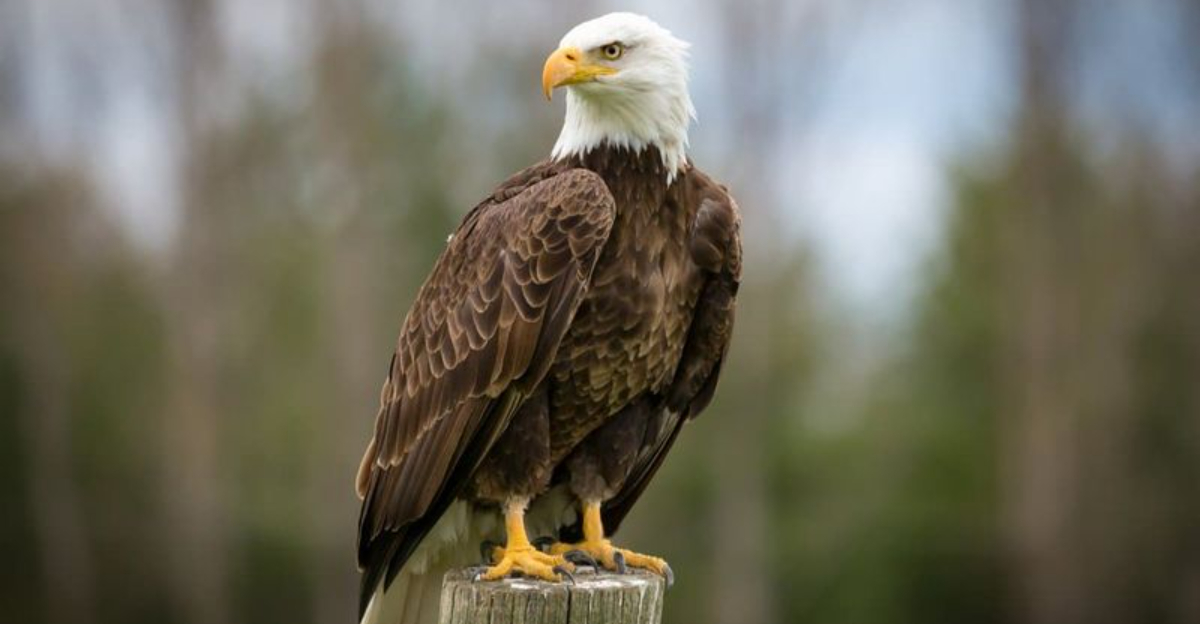
The American Bald Eagle soars majestically through our skies as one of North America’s most iconic birds. With its distinctive white head and powerful presence, this remarkable raptor has captured our imagination for centuries.
From its role as a national symbol to its incredible hunting abilities, the Bald Eagle represents both natural wonder and conservation triumph.
1. The National Bird Of The United States
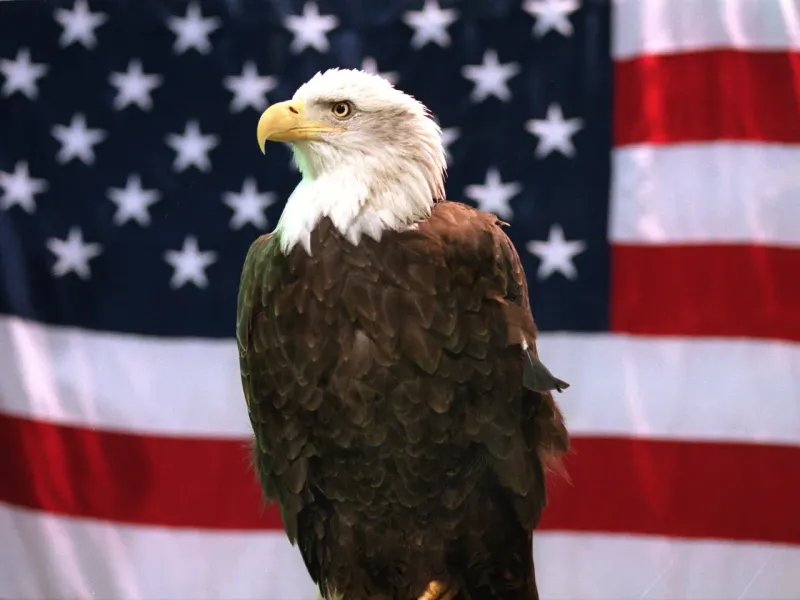
Chosen in 1782 during the Second Continental Congress, the Bald Eagle beat out Benjamin Franklin’s preferred turkey for national recognition. Its image appears on government seals, currency, and official documents.
The founders selected this magnificent bird to embody America’s strength and freedom, creating an enduring symbol that continues to inspire patriotism centuries later.
2. Not Actually “Bald”
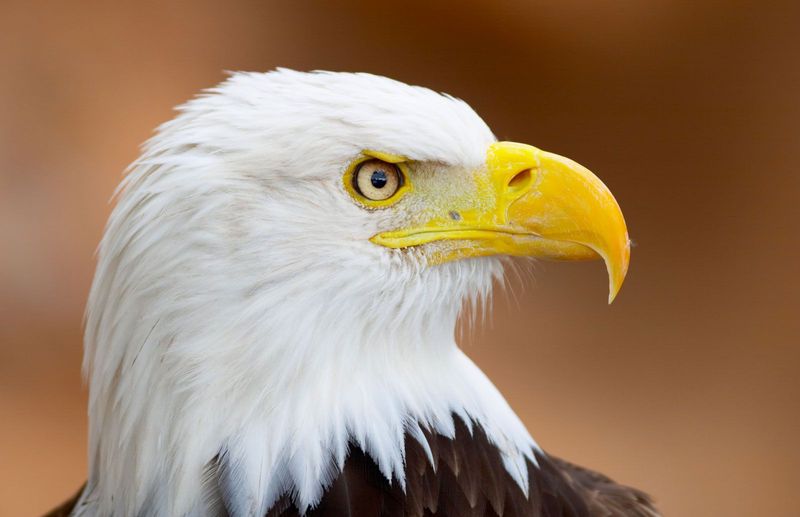
Contrary to what their name suggests, these raptors sport a full head of feathers! The confusion stems from the Old English word “balde,” meaning white, which perfectly describes their snow-colored crowns.
Adult eagles develop this distinctive white plumage only after reaching maturity around age five. Before then, young eagles have mostly brown heads and are often mistaken for golden eagles.
3. Incredibly Sharp Vision
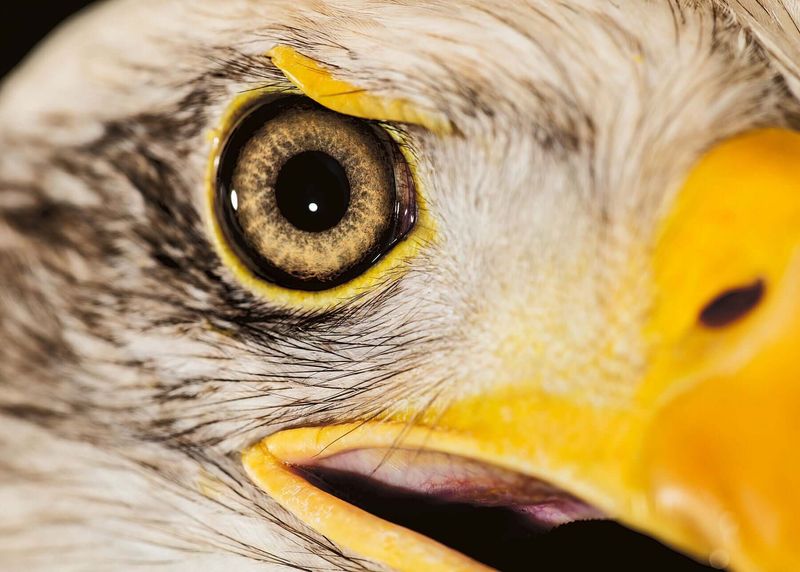
Eagles possess vision approximately eight times sharper than humans, allowing them to spot a rabbit from nearly two miles away! Their eyes contain more light-sensitive cells and can see ultraviolet light invisible to us.
These remarkable birds also possess an extra eyelid called a nictitating membrane. This transparent shield protects their eyes while maintaining visibility during dives and harsh weather conditions.
4. Powerful Hunters
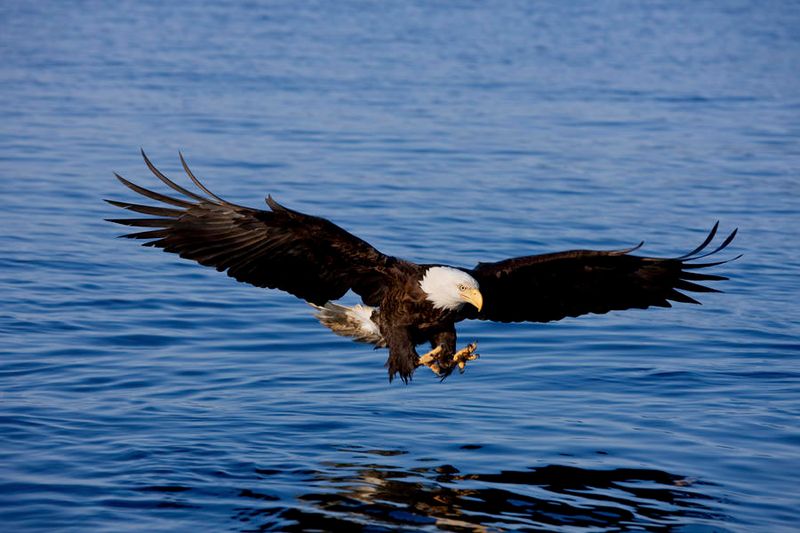
Masters of aerial hunting, Bald Eagles swoop down at speeds reaching 100 mph to snatch fish from water surfaces. Their specialized foot pads, called spicules, grip slippery prey with needle-like projections.
Though fish comprise about 70% of their diet, these opportunistic hunters won’t hesitate to steal meals from other birds! Ornithologists call this behavior kleptoparasitism – essentially airborne robbery performed with spectacular aerial maneuvers.
5. Massive Wingspan
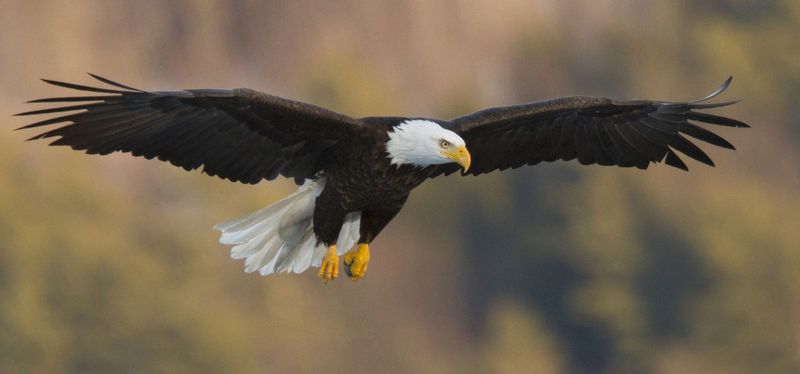
Female eagles typically boast larger wingspans than males, sometimes exceeding 8 feet tip to tip! These impressive wings create enough lift to carry prey weighing up to 4 pounds back to their nests.
When soaring, Bald Eagles barely flap, instead riding thermal air currents to conserve energy. Their specialized wing shape allows them to lock their shoulder joints, enabling effortless gliding for hours at altitudes reaching 10,000 feet.
6. Monogamous For Life
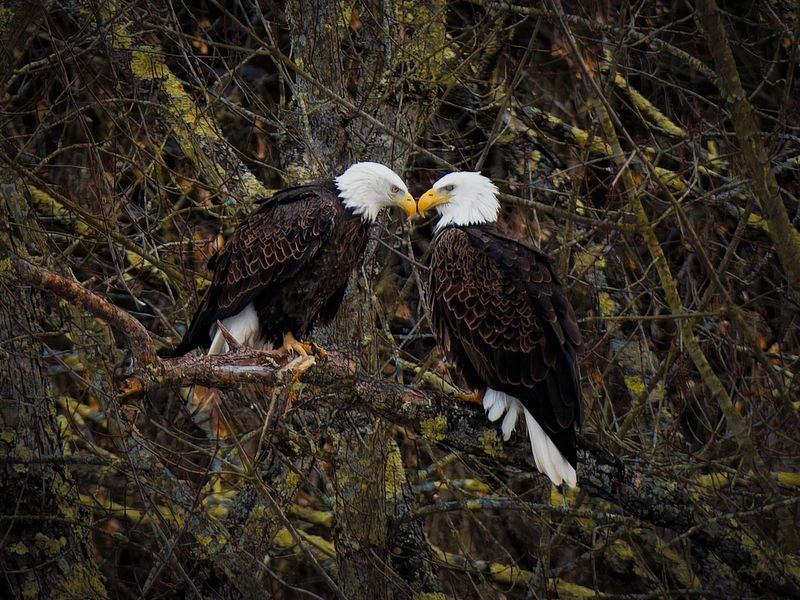
Once they find their perfect match, Bald Eagles typically remain faithful until death parts them. These devoted pairs perform spectacular courtship rituals, including the famous “cartwheel display” where they lock talons mid-air and spiral downward.
Their commitment extends beyond romance to home building. Mated pairs construct massive nests they’ll return to year after year, adding new materials each season until some reach weights exceeding a ton!
7. Thriving In North America
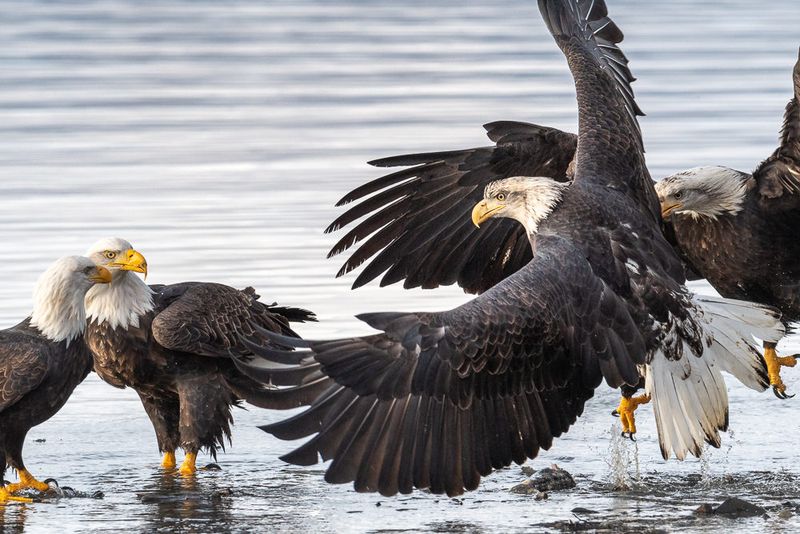
Found exclusively on our continent, Bald Eagles favor coastal areas and large lakes where fish are plentiful. Alaska boasts the highest concentration, with over 30,000 eagles calling the state home.
During winter months, these birds often gather in spectacular numbers at certain locations. The Chilkat River in Alaska hosts the world’s largest congregation, where thousands feast on salmon during late fall spawning runs.
8. Vocalizations
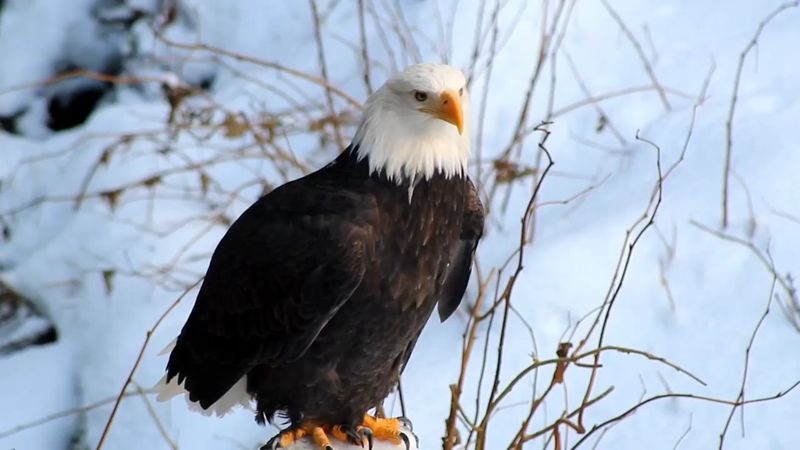
Hollywood has perpetuated a major misconception about Bald Eagles by dubbing over their actual calls with more dramatic red-tailed hawk screams in movies. In reality, our national bird produces a series of high-pitched chirping or whistling sounds.
Eagles communicate through approximately 10 distinct vocalizations. Their most common call – a repetitive, weak-sounding “kee-kee-kee” – hardly matches their majestic appearance but serves important territorial and mating functions.
9. Symbol Of Conservation Success
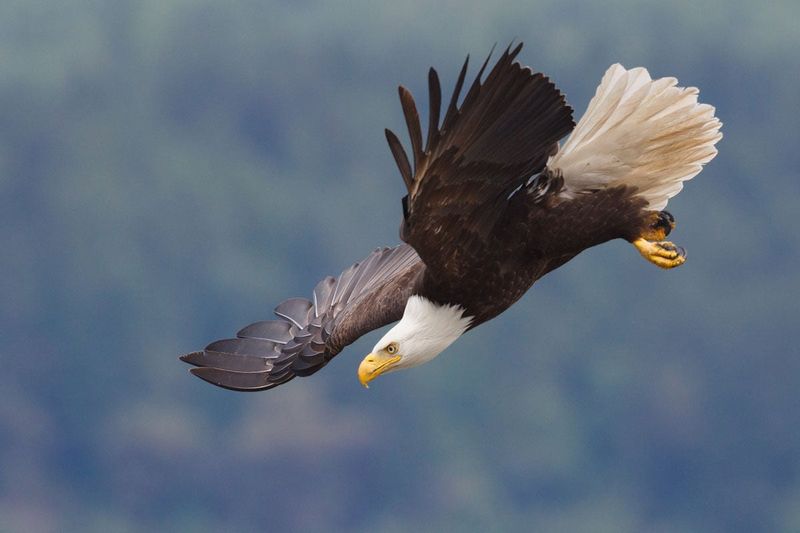
By 1963, hunting and DDT poisoning had reduced Bald Eagle numbers to just 417 nesting pairs in the continental United States. This devastating decline prompted protection under the Endangered Species Act and a nationwide DDT ban.
Today, over 316,000 eagles soar across North America! This remarkable recovery represents one of conservation’s greatest victories, showing how dedicated protection efforts can bring species back from the brink of extinction.
10. Impressive Lifespan
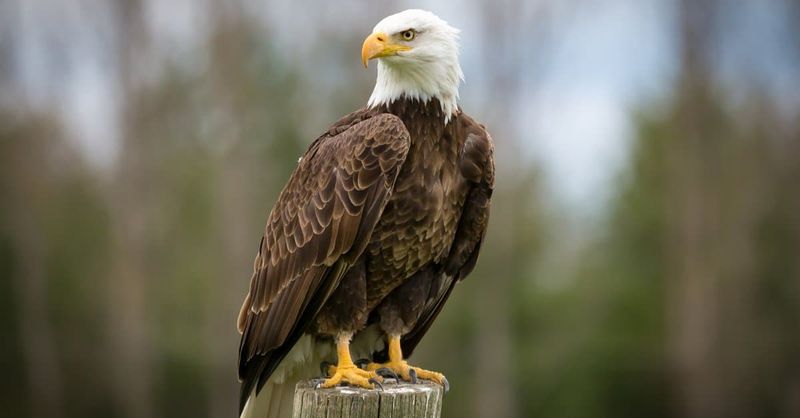
Wild Bald Eagles routinely celebrate their 20th birthdays, with some documented reaching their mid-30s! A captive eagle named Tootsie at the Buffalo Zoo lived to 51 years – equivalent to a human centenarian.
Their longevity comes with interesting physical changes. As eagles age, their beaks develop distinctive ridges and their eyes gradually fade from dark brown to pale yellow, similar to how human hair grays with advancing years.
11. Expert Nest Builders
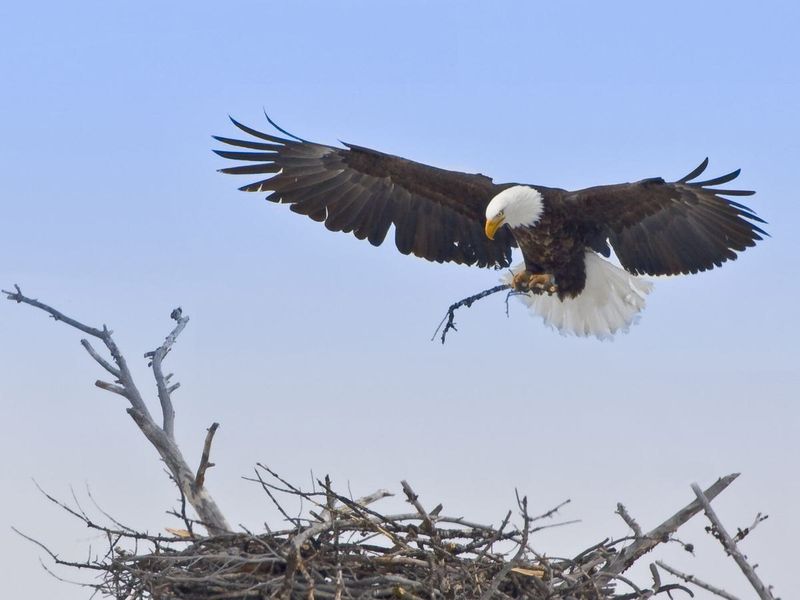
Eagle nests, called aeries, rank among animal kingdom’s most impressive structures. The record-holder, discovered in Florida, measured 9.5 feet wide and 20 feet deep, weighing over two tons!
Construction begins with sturdy branches interwoven to form the foundation. The interior features progressively smaller twigs lined with soft grasses, moss, and downy feathers. This meticulous design creates a comfortable nursery that can withstand hurricane-force winds.
12. Threatened By Climate Change
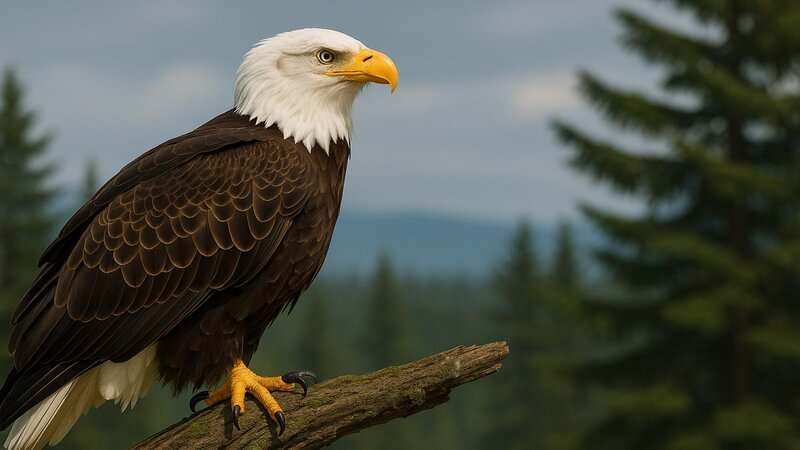
Rising temperatures disrupt the delicate timing between eagle breeding seasons and fish spawning runs, creating dangerous food shortages during critical nesting periods. Coastal nest sites also face increasing threats from intensifying storms and sea level rise.
Researchers have documented concerning behavioral changes, including eagles nesting earlier each year and expanding their diets to include more terrestrial prey. These adaptations highlight the ongoing challenges these resilient birds face in our changing world.
13. An Important Cultural Symbol
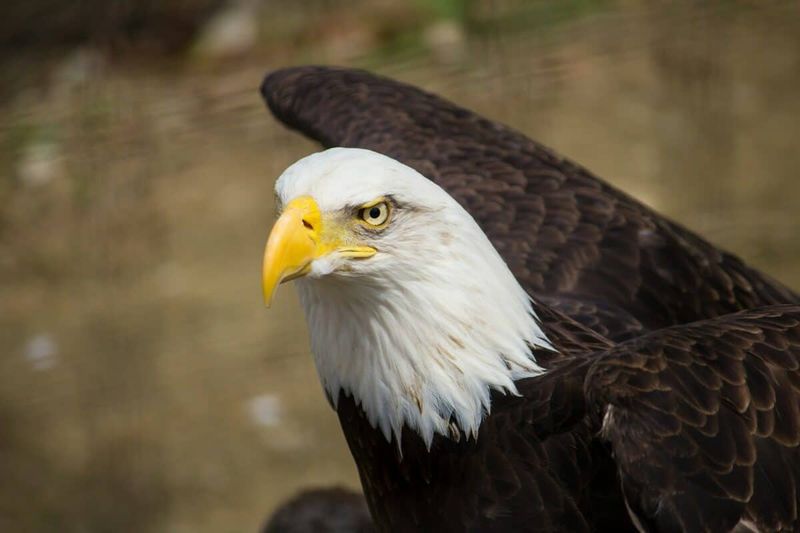
Long before becoming America’s national emblem, Bald Eagles held profound significance for indigenous peoples across North America. Many tribes considered eagle feathers sacred objects that carried prayers to the Creator.
The Kwakwaka’wakw people of the Pacific Northwest feature eagle dancers in potlatch ceremonies. Meanwhile, the Hopi and Zuni incorporate eagle imagery into kachina dolls representing spiritual beings. This cultural reverence continues today through protected tribal religious practices.






